The stain that leaves memories
This essay came second in the College category in the fifth Civil Rights Essay and Art Contest for 2025 by Hindus for Human Rights and International Commission for Dalit Rights.
 Representative image / Pexels
Representative image / Pexels
The first time I held a henna cone, my fingers trembled from the fear of wasting it.My aunt had brought it back from Lahore, wrapped it up carefully, and had tucked it underneath piles of stitched dresses in her suitcase. My cousin, ever the clever one, had rifled through her mother’s things when she wasn’t looking and snagged one of the cones. She brought it over to me as a gift for the so-called “artist” of the family. I was eleven, and my authority in art came solely from winning a drawing contest in third grade and my ability to sketch an okay-looking eye, but I accepted it eagerly.
We giggled then--my cousins and I--our knees pressed together on the cracked tile floor of the guest room. We traded the cone back and forth like it was a hot potato, each of us unsure whether we were worthy of using it. My designs were ambitious, to say the least: a crooked Harry Potter scar on someone’s arm, a disturbing attempt at 'bridal' henna complete with swirls that collapsed into blobs.
We made a mess. On the beaded pillows, pretty dupattas, and one particularly curious cat (who, I’m happy to report, is still alive and adorable to this day). My aunt caught us eventually, but instead of scolding us, she only smiled. She turned her palm upward and asked if I wanted to try practicing on her.
She didn’t say I was good. She didn’t lie. But she let me try, before redirecting me to my mother, who gave me a proper lecture, of course.
ALSO READ: Voices through Pattachitra
Back then, there was no such thing as perfect. We had YouTube tutorials and Pinterest boards, yes, but there was no pressure to be flawless. The girls would sit slumped for hours, passing cones and gossip and laughter like sweets. An older cousin would flip on a drama that we couldn't get enough of despite the language barrier, and we would continue our henna experiments late into the night. We didn’t think of it as art. We didn’t think of it as resistance. But now, I know it was both.
Years passed. I grew up. Moved cities. Made new friends, drifted from old ones. The cousins I once swore I’d never live without became near-strangers. At a school event one Spring, I noticed a girl with crisp, immaculate designs trailing up her arms. The symmetry caught my eye immediately.
"How long did that take you?" I asked, genuinely curious and eager for whatever tips she had to throw my way.
She shrugged and held out her wrist. “Like, five minutes? I used a stencil.” Then she laughed. “Why would I do it by hand?”
I didn’t answer right away.
I thought of my aunt’s fingers, how they used to shake after hours of kneeling beside a bride, dragging vines and paisleys across their sweaty palms. I thought of the time I’d accidentally squirted an entire cone onto my mother’s favorite tablecloth. She’d only sighed and said, "This is why we can’t have nice things." But she never threw it away. The stain stayed there, hidden beneath a flower vase, a reminder of who I was and where I had come from.
Stencils don’t allow for that. They don’t leave room for tremors or accidents. They don’t let the design evolve with the pace of your breathing or the shakiness of your grip. They don’t punish you for losing focus. But they also don’t forgive you. Stencils are henna without the suffering; without the long hours of sitting still while your legs go numb. Without the way your back aches and your fingers cramp. Without the sting of lemon juice dabbed over a papercut underneath a pattern that’s still drying. They don’t carry the scent of clove oil or the pride of doing it the hard way.
And what is art without a little suffering? What is culture without the mess that shaped it?
This is what they don’t tell you about assimilation: it doesn’t happen in grand gestures but in a thousand small surrenders. The stencil is one of them: the lie that our art should be effortless, that our traditions should fit neatly into the lines. But henna was never meant to be perfect. It was meant to be alive, to smudge, to bleed onto our clothes. The brides in our family knew this. They let their mehndi crack when they clenched their fists, let it fade unevenly as they cooked and scrubbed and rebuilt their lives in a country that demanded they shrink.
My clever, wonderful cousin doesn’t do henna by herself anymore. "It’s too much effort," she says, waving her bare hands. She visits Lahore every summer and comes back with jhumkas that chime like wind chimes. She knows the names of ancestors I’ve only seen in blurry photos, and yet… she doesn’t remember the feeling of a mehndi cone in her palm, nor the way her mother's voice softened when she said "slower, beta," or the way we held our breath as the stain darkened.
I, who have never set foot in Pakistan after the age of 5, am the one who keeps the cones in my drawer. Sometimes, when the homesickness gets too sharp, I sit by the living room window and press the tip to my skin. I let the paste spill out into a shape I haven’t planned, a spiral or a flower or just a winding mess of loops and lace-like designs. It’s a long process and not always beautiful. The stain fades too fast, leaving behind a solemn orange where the henna once was.
Because nothing lasts the way you want it to. Not the designs. Not the aunt who gave you your first cone. Not the cracked floor where you first dared to try. But for a few days, my skin remembers what my mind sometimes forgets: that we are a people who leave marks. And I am eleven again, trembling and grinning, palms stained, and heart full.


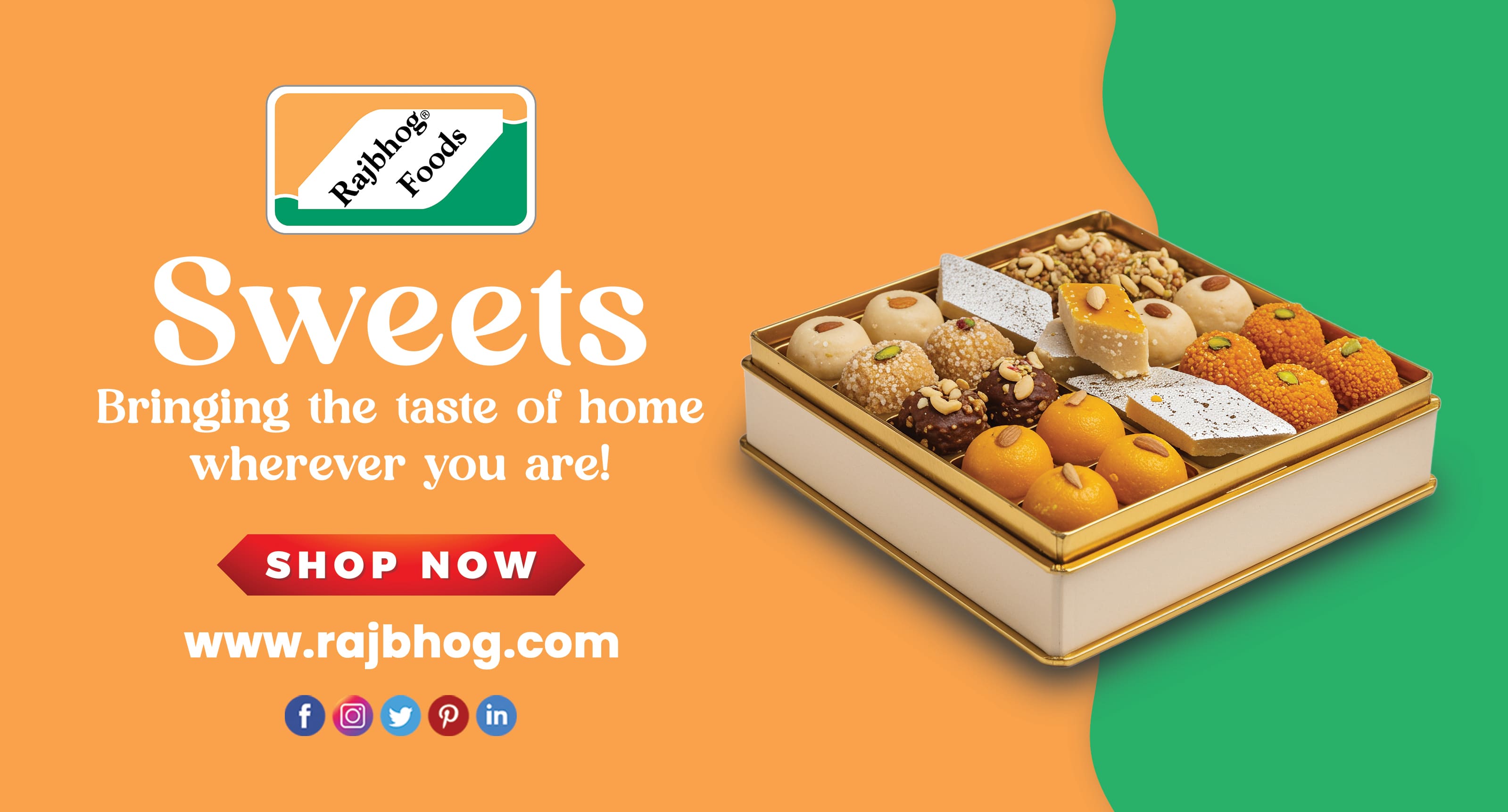
 Marum Malik
Marum Malik 





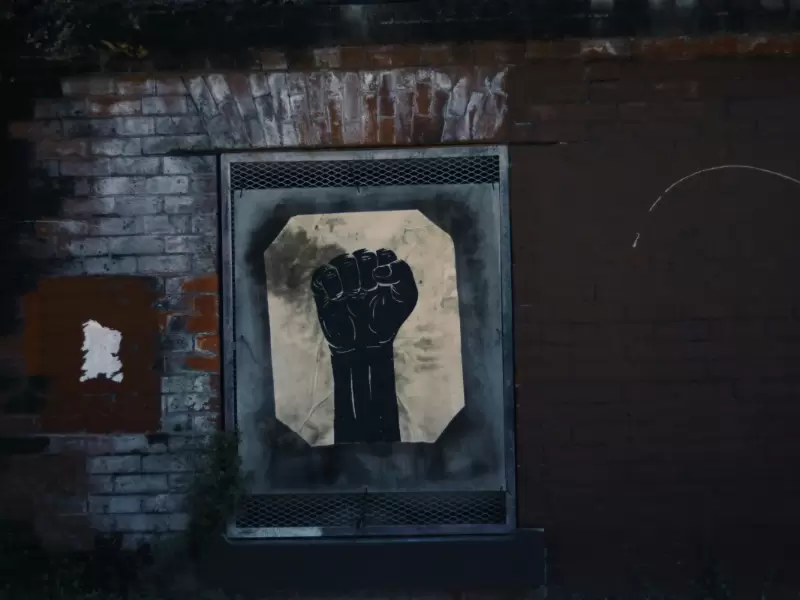
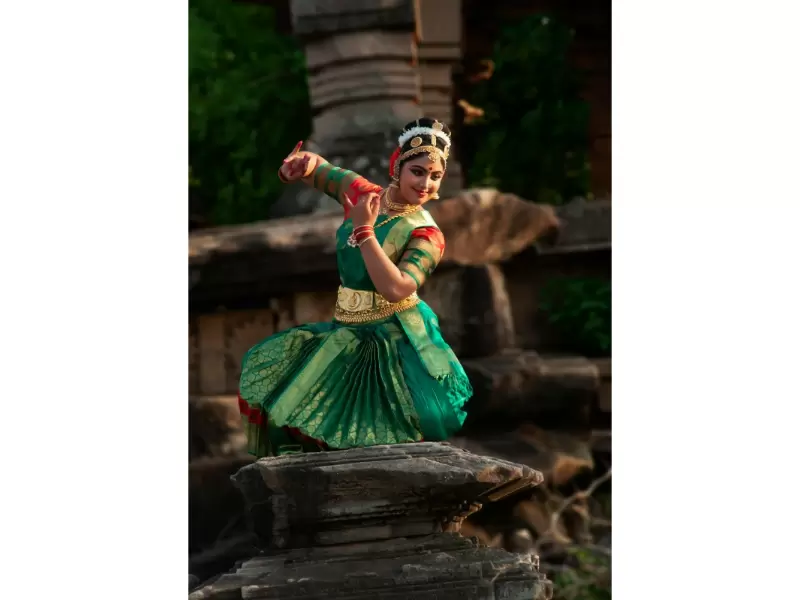
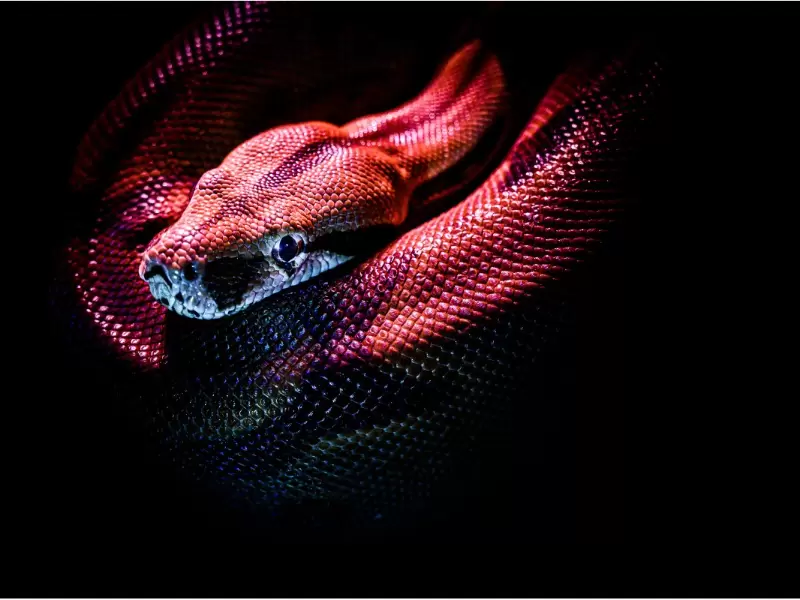

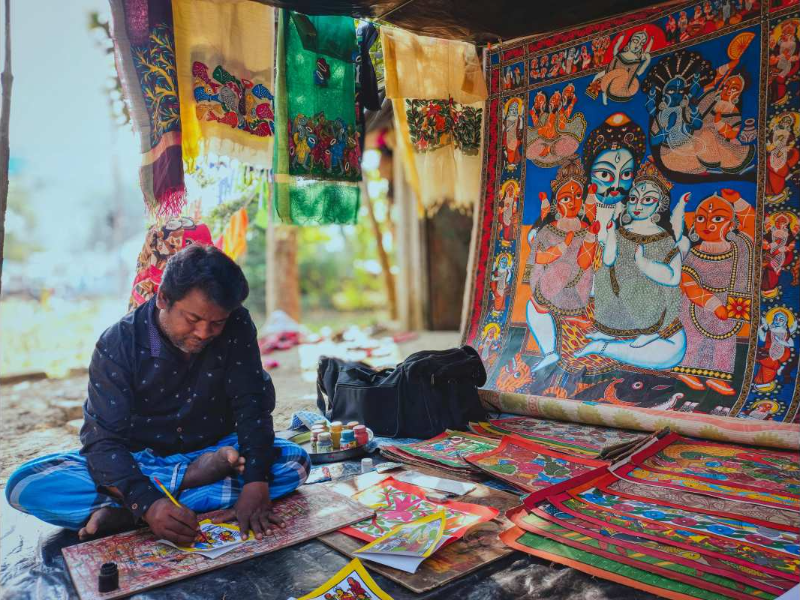






Comments
Start the conversation
Become a member of New India Abroad to start commenting.
Sign Up Now
Already have an account? Login